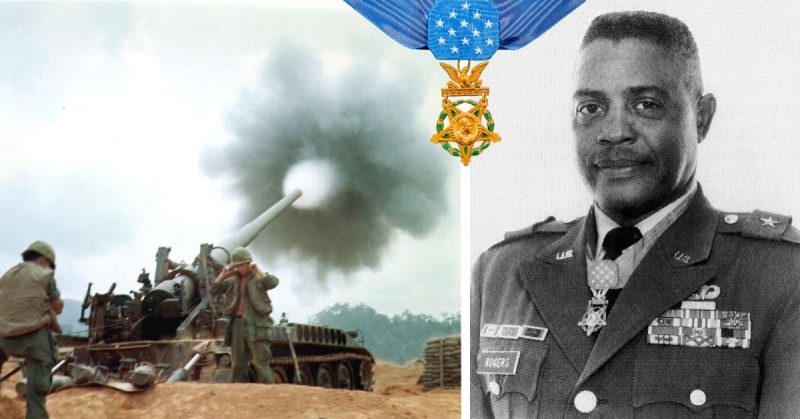When asked to conjure in one’s imagination the image of a fearless soldier, fighting with fervent ferocity in hand-to-hand combat and battling relentlessly against wave after wave of attacks despite suffering multiple wounds, one would not usually associate the image of such a warrior with the stereotype of a college mathematics major or an aspiring priest.
Yet in the heat of a close quarters battle, in the thick of a furious firefight in which life and death hang by the most fragile and tenuous of threads, stereotypes often fall to pieces, and indeed can be blown completely apart.
The math major and aspiring priest in question was Major General (then Lieutenant Colonel) Charles Calvin Rogers, and the battle in which he earned a Medal of Honor for his tremendous valor, fortitude, and courage occurred in the Vietnam War, on November 1, 1968.
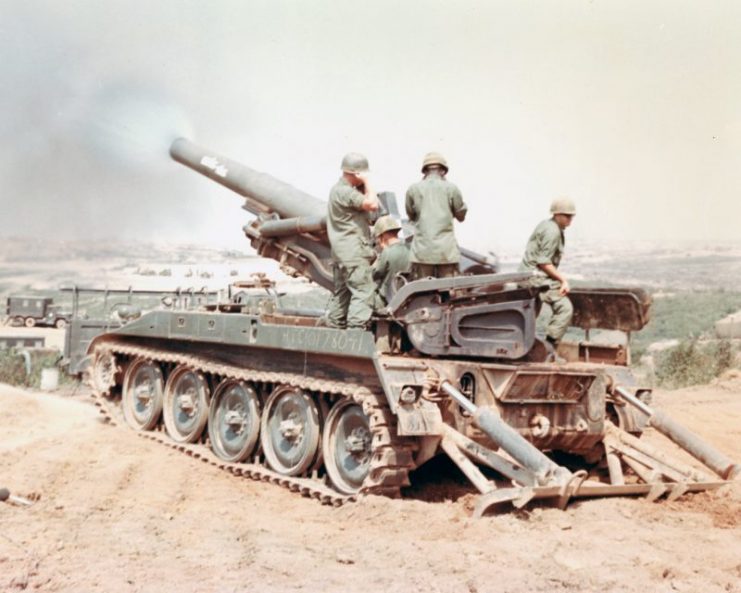
Rogers had joined the United States Army in 1952. By the time of his tour of duty in Vietnam, he was serving as the commanding officer of 1st Battalion, 5th Artillery, 1st Infantry Division.
In 1968 he was thirty-nine years old, and while he had served in the army for some years, front line combat was not something he had seen very much of, at least not up until the fateful evening of October 31.
That, however, was something that would change very drastically when the clock ticked past midnight that night.
Stationed at Fire Base Rita, a forward fire base in the jungle near the Cambodian border, Charles Rogers’ main duty was to provide artillery support to infantry.
Little did he know that he and the artillery troops under his command would end up involved in as ferocious and savage a bout of fighting as any jungle patrol was likely to see.
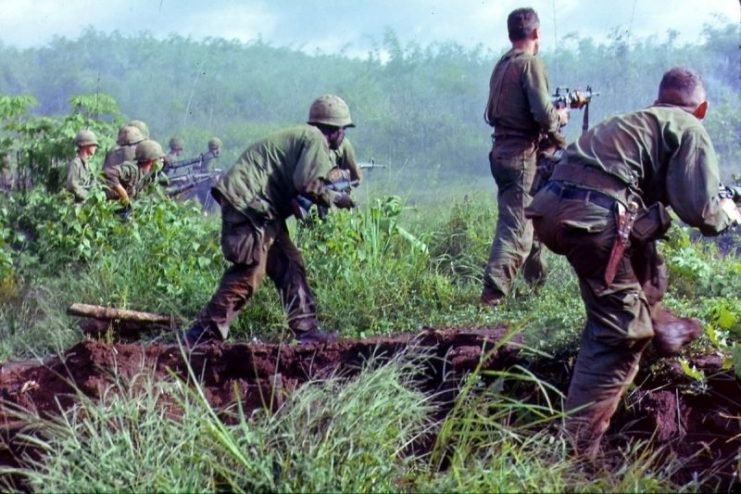
Shortly after midnight, the North Vietnamese Army (NVA) launched an all-out assault on Fire Base Rita, determined to overrun it and take control of the artillery weapons stationed there.
If this objective proved unattainable, then their secondary goal was chillingly simple: obliterate the fire base entirely, along with all American troops there.
In the dead of night, Fire Base Rita was subjected to a sudden and vicious bombardment of mortars, rockets and RPGs, launched from the surrounding jungle.
As if the mortar and rocket assault wasn’t terrifying enough, the surreal red glow of hundreds of flares revealed an even more horrifying spectacle: a full frontal infantry assault was being launched.
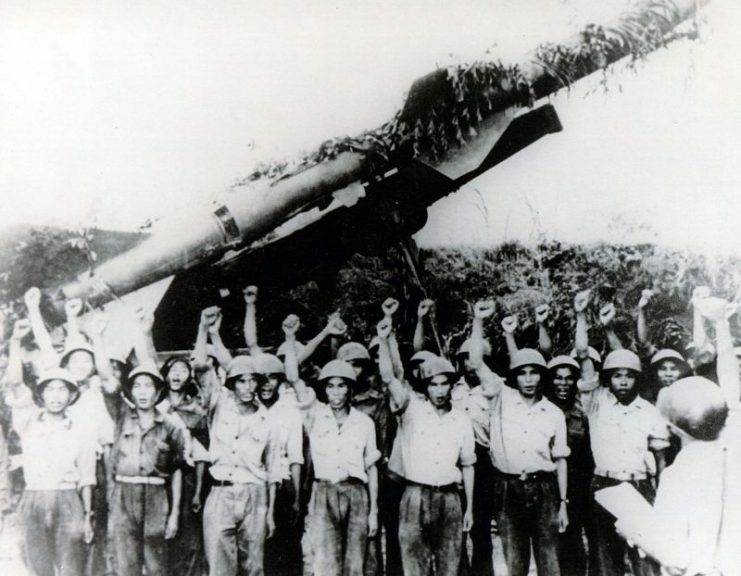
Hundreds of battle-hardened North Vietnamese troops poured out of the jungle in waves in a near-suicidal frenzy, utterly determined to overrun the base, whatever the cost.
Lieutenant-Colonel Rogers, however, displayed unflappable calm in the face of this madness, and set about directing and positioning his howitzer batteries to counter the ground assault with anti-personnel fire and return mortar fire at the NVA positions.
Despite his best efforts, however, NVA combat engineers made it to a section of the American barricade, and managed to blow open that section of the outer defenses with explosives. Now that the perimeter had been breached, there was an imminent danger that the fire base would indeed be completely overrun.
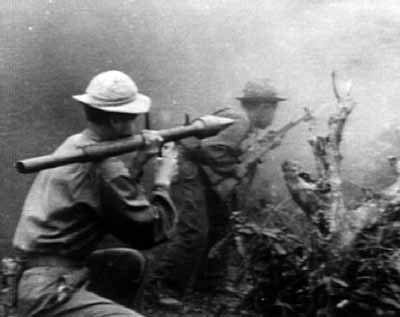
Rogers, however, was determined to prevent this from happening. Picking up his helmet and his M-16, he charged straight across to the front line position, rallying the troops who had been dazed by the force of the explosions and personally redirecting howitzer fire to the appropriate positions.
An enemy mortar round exploded near him, knocking him off his feet and wounding him with shrapnel, but he got up immediately and led a charge against the NVA troops pouring into the base.
Despite being wounded, Rogers got into the thick of the fighting, personally killing a number of the enemy and helping drive the others out of the base.
Once this first wave of attackers had been repelled, he and his men set about patching the breached defenses. Owing to the urgent nature of this task, Rogers refused medical assistance for his wounds–keeping his men alive and keeping the base in American hands was his only concern.
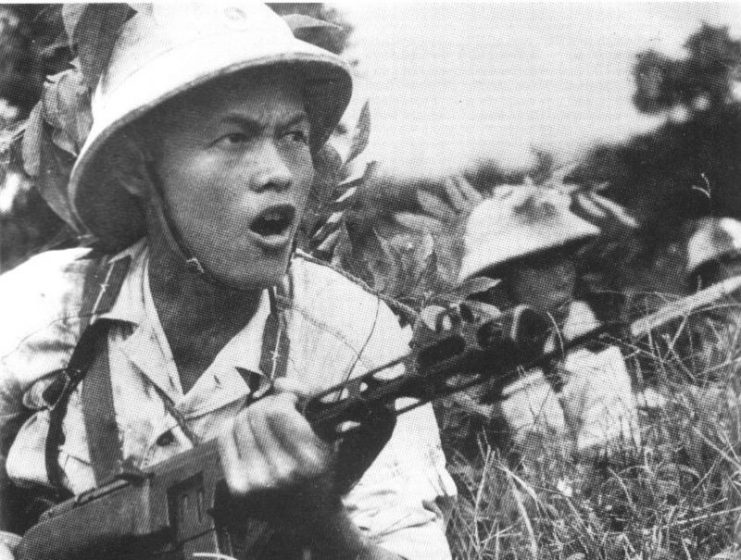
Sure enough, as expected, the NVA launched another furious assault on the base. Again Rogers led from the front, engaging in ferocious close range firefights with the enemy while moving along the line and providing encouragement to his beleaguered troops. Again, against all odds, he and his men were able to repel the assault.
The NVA were still not ready to admit defeat, however. They launched a third assault at dawn.
Yet again Fire Base Rita was subjected to a hail of mortar, rocket and RPG fire, and as before, this was accompanied by a wave of infantry pouring out of the jungle. Again, under heavy fire, Rogers directed his howitzer counter-fire with collected precision.
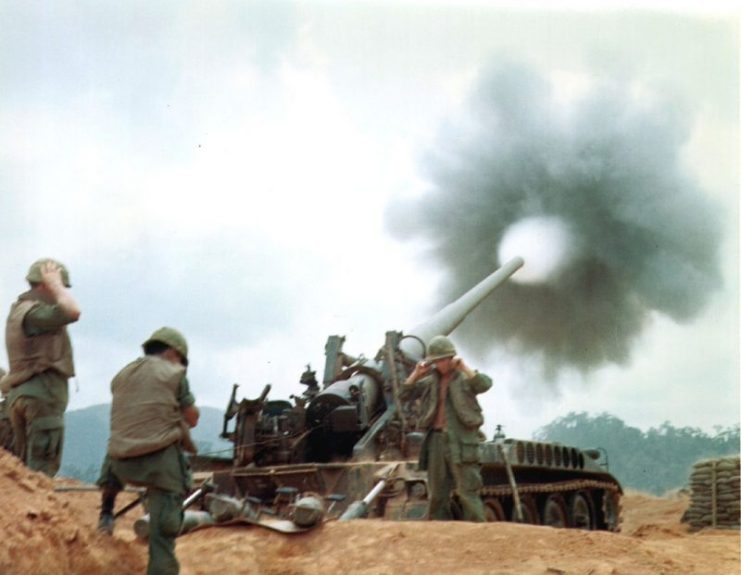
Even when a Vietnamese heavy mortar round burst on his gun parapet, riddling his body with shrapnel and rendering him unable to continue fighting, he kept on yelling out support and encouragement to his troops, who ultimately managed to hold the line.
Thanks to Rogers’ courageous leadership and refusal to yield even in the face of near-certain destruction, Fire Base Rita remained in American hands.
In 1970, Rogers was awarded the Medal of Honor for his valor during this battle. Having this highest honor bestowed on him was undoubtedly one of the highlights of a long and proud military career–a path he had been inspired to take by his father, who had served in the First World War.
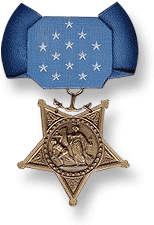
In addition to relentlessly battling whatever enemies he encountered on the battlefield, Rogers also fought tirelessly for other noble causes.
When he enlisted in the early 1950s, some military units were still racially segregated. Rogers was posted in Germany in an exclusively African-American battalion, which was later merged with a white battalion.
Despite initially facing discrimination, which Rogers described as “overt,” from both his fellow soldiers and commanding officers, he kept his chin up and served with pride, retaining his unflagging determination to be the best he could be.
In the process, Charles Calvin Rogers proved the critics – those who were opposed to desegregation of the military, claiming it would decrease fighting effectiveness – wrong.
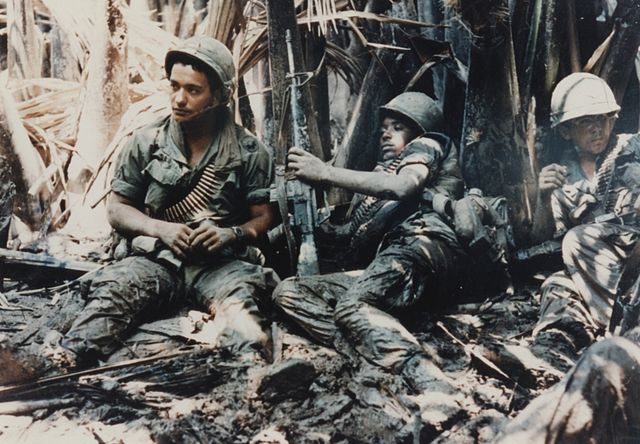
Not only did Rogers lead by proud example, but as his career advanced and he gained more clout in the Armed Forces, he also made it a personal priority to ensure there were equal opportunities in career development and promotions for both minorities and women in the US Army.
Rogers retired from the Army in 1984, after having attained the rank of Major General. During his career he was decorated with the Purple Heart, the Bronze Star (with three oak leaf clusters), the Distinguished Flying Cross, the Legion of Merit, and the Medal of Honor, among other medals.
He thus became the highest ranking African-American officer to receive the Medal of Honor.
Upon retirement, he was finally able to fulfill an entirely different but nonetheless long-standing dream: he was ordained as a Baptist minister, and ministered to American troops stationed in Germany until his death in 1990.
